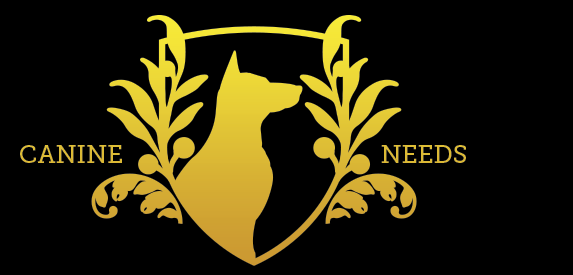Get familiar with your dogs body language
As a dog owner, it's important to realise that our emotional state can impact our furry companions. Sometimes we can find ourselves struggling with anxiety, so it's essential to learn ways to protect our dogs from these negative emotions. One way to do this is by maintaining a routine that includes time apart, exercise, playtime, and regular meals. Also, try to keep a peaceful and relaxed atmosphere in your home. Avoid loud or sudden noises that could startle your dog, and if you need to vent your feelings, step away to another room to do so. Learn to understand how your dog communicates with you. It's also crucial to provide your dog with a safe space, such as a crate or designated area where they can retreat and feel secure. Remember, calm, happy pets have calm, happy owners, so learning how to manage anxiety will not only benefit your dog's well-being, but yours too.
How can I protect my dog from my anxious behaviour?
Dogs are sensitive to their environment and the emotional state of their owners. By managing your own anxiety and creating a calm and supportive environment, you can help protect your dog from the negative impacts of anxious behaviour and foster a healthier and happier relationship.
This might look like:
Recognise and manage your own anxiety: Awareness of your own anxious behaviour is the first step. Seek professional help if needed to manage and reduce your anxiety. Techniques such as therapy, mindfulness exercises, and relaxation techniques can help you maintain a calmer state of mind.
Maintain a routine: Dogs thrive on consistency and routine. Establish a regular daily schedule for feeding, exercise, and playtime. A predictable routine can provide a sense of stability and reduce stress for both you and your dog.
Provide a calm living environment: Create a calm and peaceful living space for your dog. Minimise loud noises, excessive stimulation, and chaotic environments. Provide a designated and fixed quiet area or a safe space in your house where your dog can retreat and relax when needed.
Reduce the area your dog has access to and create boundaries. For example, there should be at least one room your dog is not allowed into, in a house, consider not letting the dog upstairs. Be aware that things like Catflaps can create anxiety for some dogs.
Take time for yourself, away from your dog. It’s important to fill our own cup first so that we can be in a good frame of mind for interacting with our dogs.
Practice positive reinforcement training: Positive reinforcement training techniques can help build your bond with your dog, improve your dog's confidence and understanding and create a positive association with training sessions. Reward your dog for calm behaviour and focus on positive reinforcement rather than punishment.
Engage in calming activities: Engage in activities that promote relaxation and reduce anxiety for both you and your dog. These may include leisurely walks, gentle playtime, bonding exercises, or participating in dog-friendly calming therapies like aromatherapy or music therapy.
Seek professional help if needed: If your dog's behaviour is significantly impacted by your anxiety or if you're having difficulty managing your own anxiety, consider consulting with a professional dog trainer or an animal behaviourist. They can provide guidance tailored to your specific situation and help address any underlying issues.




